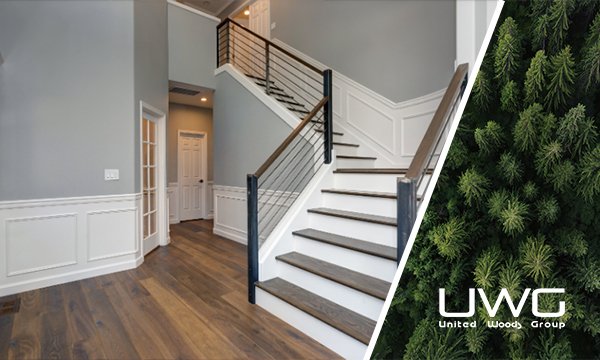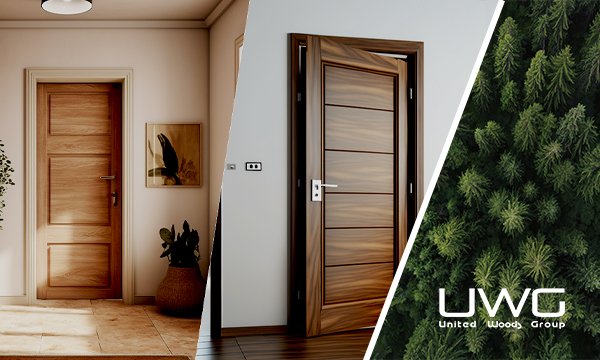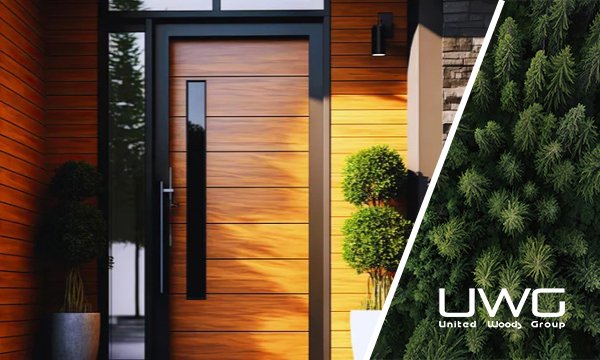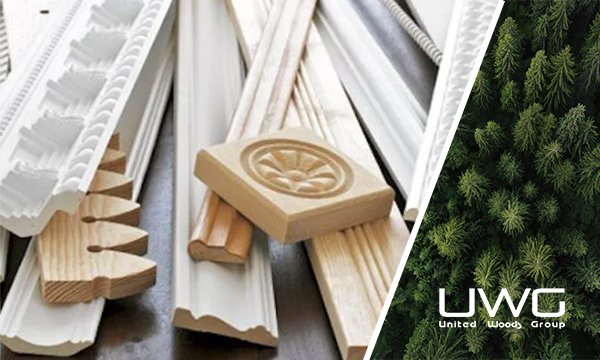Is crown molding the finishing touch that truly elevates a room’s design, adding that much-desired elegance and architectural interest? As a homeowner or builder, have you found yourself wondering whether the investment in crown molding is really justified, especially when considering tight budget constraints? Does the added aesthetic value truly outweigh the costs involved, or are there more cost-effective alternatives that deliver similar results? These are common questions that arise when deciding whether to incorporate crown molding into a space.
Crown molding has long been celebrated for its ability to enhance a room’s aesthetic appeal, but for many homeowners and builders, the question of its value is crucial. Understanding the true cost of crown molding, including the factors that influence it and how different materials and designs impact pricing, can help you make informed decisions that align with both your budget and design goals. This article will guide you through these considerations and explore whether crown molding is a worthwhile investment in the long run.
- What Factors Influence the Cost of Crown Molding?
- How Do Different Materials Affect the Price of Crown Molding?
- Does the Complexity of Design Impact the Cost of Crown Molding?
- Is DIY Installation of Crown Molding More Affordable?
- How Does Crown Molding Compare to Other Interior Wall Finishes in Terms of Cost?
- Can Crown Molding Add Value to Your Home Despite Its Expense?
- Conclusion
What Factors Influence the Cost of Crown Molding?
When considering crown molding, several factors play a crucial role in determining the overall cost. First, the size and scope of the project significantly impact expenses. The more rooms or larger spaces you plan to adorn with crown molding, the higher the cost. Additionally, the height of your ceilings can also influence the price; taller ceilings require more material and potentially more complex installation processes.
Another key factor is the type of crown molding you choose. Options range from basic, minimalist designs to intricate, custom-made profiles. Naturally, the more elaborate the design, the higher the cost due to increased material usage and installation time. Lastly, the location of your project matters. Labor costs can vary greatly depending on your geographic area, and these should be factored into your budget.

How Do Different Materials Affect the Price of Crown Molding?
The material you select for your crown molding is perhaps the most significant determinant of cost. Common materials include wood, polyurethane, MDF (medium-density fiberboard), and plaster, each with its own price range and characteristics.
- Wood: Traditional and luxurious, wood crown molding is often the most expensive option. However, it offers a timeless look that many homeowners find worth the investment. Prices vary based on the type of wood, with hardwoods like oak and mahogany costing more than softwoods like pine.
- Polyurethane: A cost-effective alternative to wood, polyurethane is lightweight, durable, and resistant to moisture and insects. It’s a popular choice for homeowners who want the look of wood without the associated price tag.
- MDF: MDF crown molding is an affordable option that mimics the appearance of wood. It’s easy to install and paint, making it a favorite among budget-conscious homeowners and builders. However, it’s less durable than wood or polyurethane.
- Plaster: Plaster is typically used for highly detailed and custom designs. It offers unparalleled craftsmanship and detail but comes at a premium price due to the skill required for installation and the material’s weight.

Does the Complexity of Design Impact the Cost of Crown Molding?
Absolutely. The complexity of your crown molding design will directly influence both the material costs and the labor involved. Simple, straight profiles are relatively easy and quick to install, leading to lower costs. On the other hand, intricate designs with multiple layers, curves, or custom patterns require more time, skill, and material, significantly increasing the overall expense.
In addition, if your project involves unique corners, curves, or vaulted ceilings, the installation process becomes more challenging and time-consuming. Specialized tools and techniques may be required, further adding to the cost. While intricate designs can dramatically enhance the aesthetic appeal of a space, they do come with a higher price tag.

Is DIY Installation of Crown Molding More Affordable?
For those with a knack for home improvement, DIY installation of crown molding can be a way to save on labor costs. However, it’s important to weigh the potential savings against the challenges and risks involved.
Crown molding installation requires precision and experience, especially when dealing with corners and uneven walls. Mistakes can be costly, both in terms of wasted materials and the time needed to correct errors. Additionally, certain materials, such as plaster or custom wood profiles, may be difficult for a novice to handle, leading to subpar results.
On the other hand, simpler materials like MDF or polyurethane are more forgiving and easier to work with, making them suitable for DIY projects. If you decide to take the DIY route, be sure to invest in the right tools, take your time with measurements, and consider watching tutorials or seeking advice from experienced installers.

How Does Crown Molding Compare to Other Interior Wall Finishes in Terms of Cost?
When compared to other interior wall finishes, crown molding often sits at the higher end of the price spectrum, particularly if you opt for premium materials or complex designs. However, it offers unique benefits that other finishes may not provide.
For instance, crown molding adds a level of sophistication and detail that simple paint or wallpaper can’t achieve. While wainscoting or chair rails offer similar decorative appeal, crown molding’s placement at the ceiling creates a visual boundary that can make a room appear taller and more polished.
In contrast, simpler options like baseboards or window trims are typically less expensive and easier to install but don’t deliver the same level of impact. If your goal is to create a high-end, finished look in your home, crown molding is often worth the extra investment.

Can Crown Molding Add Value to Your Home Despite Its Expense?
While crown molding can be an expensive addition, it has the potential to add significant value to your home. Real estate experts often note that high-quality crown molding can enhance a home’s perceived value, making it more attractive to potential buyers. It signals attention to detail and craftsmanship, qualities that are highly desirable in a competitive housing market.
Moreover, crown molding can help differentiate your home from others on the market, particularly if you’re in a neighborhood where other homes lack this feature. While you may not recoup the entire cost of installation in your home’s sale price, the added appeal could lead to quicker sales and potentially higher offers.

Conclusion
In the end, the cost of crown molding is influenced by a variety of factors, from material choice to design complexity and installation method. While it may be a more expensive interior wall finish, the benefits—both aesthetic and financial—can make it a worthwhile investment for homeowners and builders alike. By carefully considering your options and understanding the potential return on investment, you can make an informed decision that enhances your space without breaking the bank.








